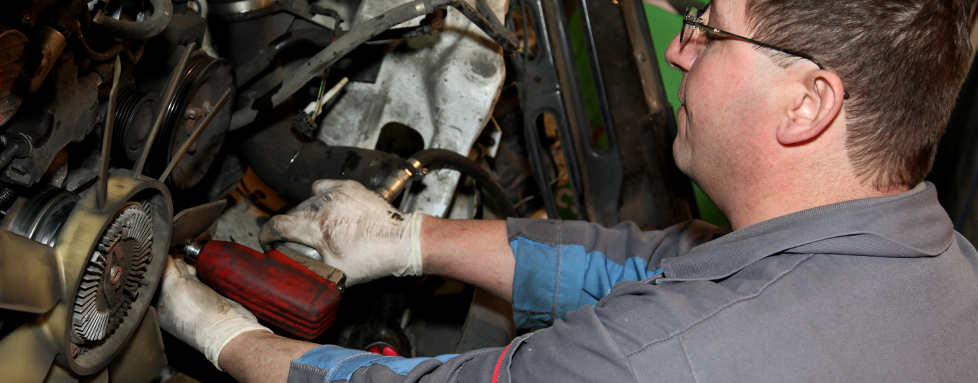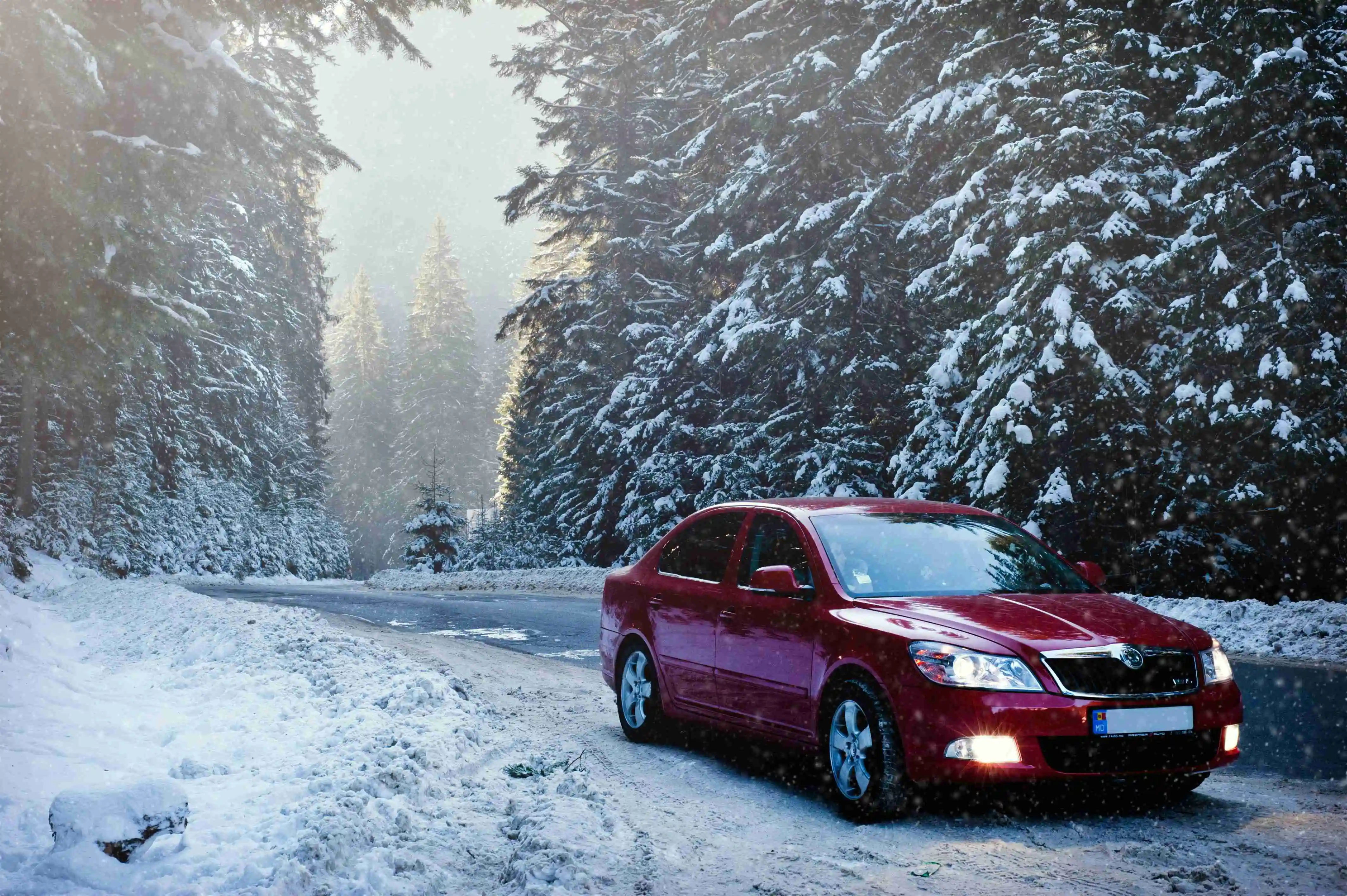Winter Car Maintenance: Beyond the Basics
We all know winter can be brutal on our cars. Cold mornings, icy windscreens, and slippery roads, it’s not just us that struggle. Your car feels it too. Proper winter car maintenance isn’t just about ticking off a few boxes; it’s about making sure your motor doesn’t let you down when the weather’s at its worst.
Let’s dig into a few deeper checks that’ll really make a difference this winter.
1. Understanding Your Battery: Why Cold Kills It
We all know the cold zaps your battery, but it’s worth understanding why. Once it drops below zero, a car battery can lose around a third of its power. Meanwhile, your engine needs more power to start because the oil thickens and the fuel doesn’t vaporise as easily. It’s a nasty combo especially for older batteries.
Pro tip: Don’t just ask for a voltage test at the garage. Get them to do a load test instead – it mimics real starting conditions and gives you a proper idea of how your battery will handle the cold. If it’s getting close to four years old, even if it still “seems fine,” just replace it. It’s far cheaper than waiting for it to die on you during a frosty morning school run.
And while you’re at it, make sure the battery terminals are clean. Bit of dielectric grease on there will stop corrosion and save you hassle later.
2. Mastering Your Tyres: Grip Matters More Than You Think
Your tyres are your car’s only contact with the road so it’s vital they are in top condition.
Tread depth: Yes, the legal minimum’s 1.6mm, but honestly, that’s cutting it fine. Go for 3-4mm if you can. It helps the tyres clear snow and slush better.
Siping: Take a look at the little slits across your tyres – those are called sipes. They give extra bite on icy or packed snow. Summer tyres don’t have many, but proper winter tyres are full of them, which is why they grip so well in the cold.
The 7°C rule: Once it’s below 7°C, your summer tyres start to harden. That means less grip, longer stopping distances, and worse handling even on dry roads. Winter tyres stay flexible because they’re made from softer, silica-rich rubber.
Tyre pressure: Every 10°C rise or fall in temperature affects a tyre’s pressure by between 1 and 2 PSI. Low pressure messes with your handling and wears your tyres quicker, so check it at least every couple of weeks. Always set your pressure based on the “cold inflation” number on the door pillar or in the manual.
3. Fluids: Your Car’s Hidden Lifelines
Fluids are what keep your car running smoothly, and winter puts them under extra strain.
Antifreeze: It’s not just about topping it up – it’s about the right mix. A 50/50 blend of coolant and distilled water usually protects down to about -34°C. Too much water and it’ll freeze; too much antifreeze and it won’t do its job properly. Use a tester to check it, and never mix different types – that can cause corrosion.
Washer fluid: Get a proper winter-grade washer fluid that’s got de-icers and lubricants in it. It won’t freeze, clears salt and muck faster, and helps your wipers last longer. Top it up before any long drive.
Oil: If you live somewhere really cold, use a thinner “winter” oil, something like 0W instead of 5W. It’ll flow quicker on cold starts and protect your engine better. Check your handbook for the right spec.
4. Seeing and Being Seen: Visibility Is Everything
Winter driving’s tough enough without dodgy wipers or dim lights.
Wiper blades: If they’re smearing or squeaking, just replace them. Better yet, go for winter wipers – they’ve got rubber boots that stop ice building up on the frame. Also, flip your wipers up off the screen overnight to stop them freezing to the glass.
Headlights: If yours are cloudy or yellowed, a cheap restoration kit can make a massive difference. And get your alignment checked – heavy snow or potholes can knock them out slightly, which can dazzle others or reduce your own visibility.
5. Brakes: Your Winter Lifesavers
Your brakes are your best mate on icy roads, so give them the attention they deserve.
Pads and rotors: If you hear grinding or feel pulsing when you brake, get them checked. Rust and corrosion build up fast in winter because of the salt and moisture.
Brake fluid: This one’s easy to forget. Brake fluid absorbs water over time, and that moisture can boil or even freeze in cold weather. It’s why you can end up with a soft or spongy pedal. Most garages recommend a flush every couple of years – it’s worth it.
6. Your Ultimate Winter Emergency Kit
Even if you’ve done all your winter car maintenance, you can still get caught out. Be ready for anything with a solid emergency kit.
Pack the essentials:
- Portable jump starter (so you don’t need another car)
- Torch and spare batteries
- Reflective vest and roadside flares or LED beacons
- Blanket, gloves, and a reflective survival blanket
- Hand warmers
- Snacks and bottled water
- Basic toolkit and phone charger/power bank
Don’t Put It Off
Winter car maintenance might not be glamorous, but it’s one of those things that pays off massively. A few hours of prep now can save you from freezing at the side of the road later.
If your checks reveal any issues from dodgy brakes to tired tyres or a weak battery, don’t leave it to chance. The team at FRM Automotives has all the gear and know-how to keep your car safe, reliable, and ready for anything this winter.
Give us a call on 01733 333838 or fill out our online contact form. Let’s make sure your winter driving is smooth, safe, and stress-free.


